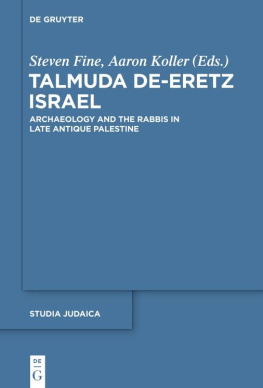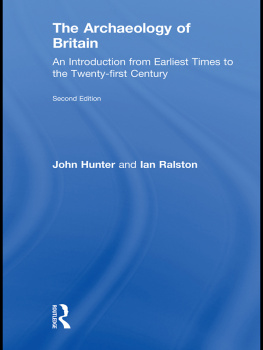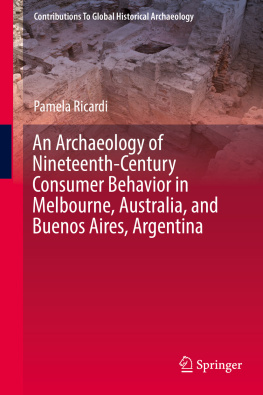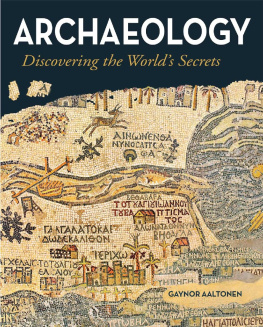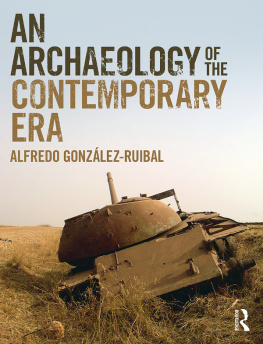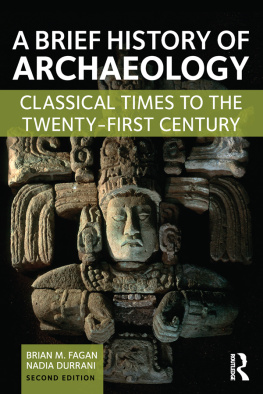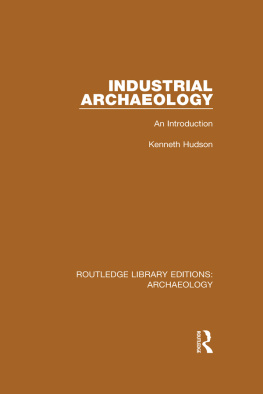Published in the United Kingdom in 2021 by
OXBOW BOOKS
The Old Music Hall, 106108 Cowley Road, Oxford OX4 1JE
and in the United States by
OXBOW BOOKS
1950 Lawrence Road, Havertown, PA 19083
Oxbow Books and the individual contributors 2021
Paperback Edition: ISBN 978-1-78925-466-2
Digital Edition: ISBN 978-1-78925-467-9 (ePub)
Kindle Edition: ISBN 978-1-78925-468-6 (Mobi)
A CIP record for this book is available from the British
Library Library of Congress Control Number: 2020952177
All rights reserved. No part of this book may be reproduced or transmitted in any form or by any means, electronic or mechanical including photocopying, recording or by any information storage and retrieval system, without permission from the publisher in writing.
For a complete list of Oxbow titles, please contact:
| UNITED KINGDOM | UNITED STATES OF AMERICA |
| Oxbow Books | Oxbow Books |
| Telephone (01865) 241249 | Telephone (610) 853-9131, Fax (610) 853-9146 |
| Email: | Email: |
| www.oxbowbooks.com | www.casemateacademic.com/oxbow |
Oxbow Books is part of the Casemate Group
Front cover: Wirestock | Dreamstime.com
Back cover: Classification of stone implements from the Drift. Plate IV in John Evans, Account of some further discoveries of flint implements in the Drift on the Continent and in England, Archaeologia 1862, xxxix; 5784.
Chapter 1
Interdisciplinarity in archaeology a historical introduction
Margarita Daz-Andreu and Laura Coltofean-Arizancu
Abstract
This chapter outlines the history of scientific interactions in archaeology since the early years of its professionalisation in the nineteenth century. It shows that multidisciplinary and interdisciplinary pursuits already existed in the practice of archaeology in the early years of the discipline. It is argued that nineteenth-century archaeology practitioners were already open to exchanges with other fields of knowledge. This was due firstly to their multilevel training and secondly to the less strictly delimited disciplinary boundaries. These interactions, however, often represented isolated cases that were not consolidated into research traditions or the establishment of sub-disciplines. That would mostly occur after the First World War, and particularly after the Second World War, when archaeologys approach to other disciplines was led by a strong belief in the hard sciences and resulted in an increasing development of interdisciplinarity. The last two decades have witnessed the success of interdisciplinary approaches in archaeology, an accomplishment that is changing the training within the discipline and archaeological practice. Rather than focusing its attention on a few countries, this chapter aims to contribute to a global history of interdisciplinarity in archaeology.
Keywords: history of archaeology; disciplinarity; interdisciplinarity; multidisciplinarity; archaeometry; archaeological sciences.
Introduction
In the last two decades, the term interdisciplinarity has become increasingly important for funding bodies and institutions. This can be observed on an international, European, national and local level. Archaeology has not been an exception and, as a result or probably in parallel with we have witnessed the birth of new branches within the discipline. These include archaeozoology, archaeobotany, archaeoacoustics, geoarchaeology and archaeometallurgy, in addition to others that are not preceded by the archaeo- prefix, such as palynology within archaeology. However, as will be seen in this volume, in archaeology as in many other branches of knowledge interdisciplinarity is far from being something novel, as it has been taking place since its very inception as a discipline. Despite this, most histories of archaeology treat the historical development of the discipline largely in isolation, separated from most of the other sciences. In contrast to the occasional links with anthropology and philology that are suggested by some authors, in this volume it will be argued that from the very first years of professionalisation in the nineteenth century, archaeology has shared much with a wide variety of disciplines, ranging from the hard, natural and social sciences to the humanities. Moreover, the role played by interdisciplinary as well as multidisciplinary cooperation has been essential to the development of archaeology as we know it today.
This introductory chapter will offer an explanation of the common but often ambiguous and misused concepts relating to interdisciplinarity. These include not only the term interdisciplinarity, but also discipline, multi- and pluridisciplinarity and transdisciplinarity. A historical outline of multidisciplinary and interdisciplinary practices in archaeology will consider four major periods: the nineteenth century; the first half of the twentieth century until the end of the Second World War; the post-war years until the 1980s; and the past forty years. This overview will include an examination of the earliest collaborations between archaeologists, collectors, antiquarians and colleagues from other fields, such as naturalists, geologists and palaeontologists, among others. The first steps towards interdisciplinarity in its current understanding will be then explored. Our historical outline will end with some comments on the explosion of specific, narrow specialisations within archaeology those with the prefix archaeo- and others in the twenty-first century.
Defining concepts
Interdisciplinarity
Interdisciplinarity, multidisciplinarity, pluridisciplinarity and transdisciplinarity are all related concepts that derive from the same word: discipline, a body of knowledge or skills that can be taught and learned (Alvargonzlez 2011, 387) that has its own background of education, training, procedures, methods and content areas (Berger 1972, 25). Discussions as to how all these terms should be understood have been present in the literature since September 1972, when a Seminar on Interdisciplinarity in Universities was organised at the University of Nice in France by the Centre for Educational Research and Innovation (CERI) of the Organisation for Economic Cooperation and Development (OECD), with the support of the French Ministry of Education. The seminar resulted in the report entitled Interdisciplinarity: problems of teaching and research in universities (Apostel et al. 1972) edited by a group of researchers led by Leo Apostel from the University of Ghent. That report provided a complex analysis of the concept of interdisciplinarity, as well as its impact on teaching and research in relation to society. In this report, interdisciplinarity was considered to be


